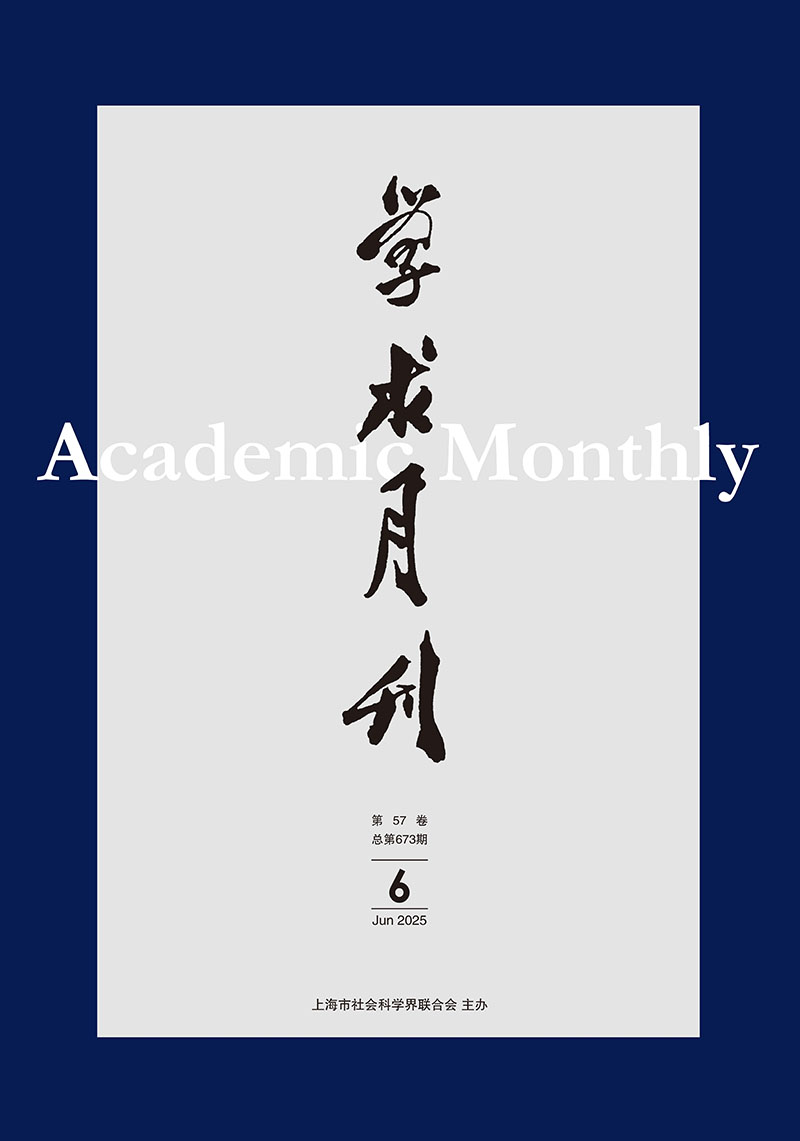“Embedding the Idea of the Commandery-County System within the Feudal Framework”——Xunzi's Integration of Ritual and Law from the Perspective of Institutional Design
Abstract: In response to the ongoing transformation between the Zhou and Qin Dynasties, the Xunzi adopted elements from both Zhou and Qin institutions to design a hybrid political system that "embeds the idea of the commandery-county system within the feudal framework". While retaining the formal structure of feudal enfeoffment, this system implemented the commandery-county model within each feudal state, where bureaucrats were appointed and managed by the feudal lords. At the same time, the ruler could dispatch officials to these states, thereby instituting a dual system of "thousand-officials" and "hundred-officials" to ensure centralized control over the feudal domains. For governance, Xunzi designed a model of "scholar-gentlemen and administrative officials", where scholar-gentlemen cultivated themselves through ritual, promoted moral education, and were also well-versed in the meaning of law, thus responsible for legislation. Administrative officials strictly adhered to the law, thereby ensuring the realization of rule by law. By integrating rule by ritual with rule by law, Xunzi used ritual to regulate and guide political operations. This not only avoided the harshness and lack of compassion of Legalism, but also profoundly influenced the reconstruction of political order in the later Han Empire.



 沪公网安备 31010102003103号
沪公网安备 31010102003103号 DownLoad:
DownLoad: